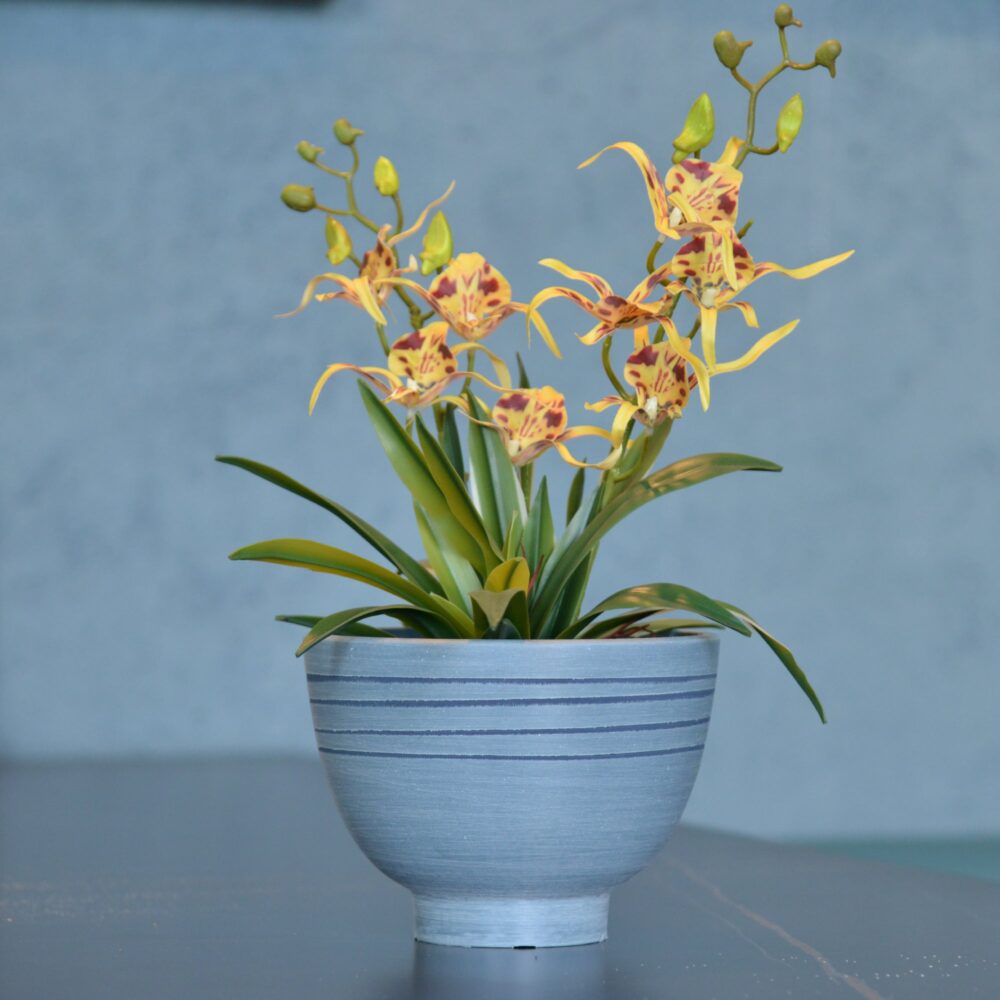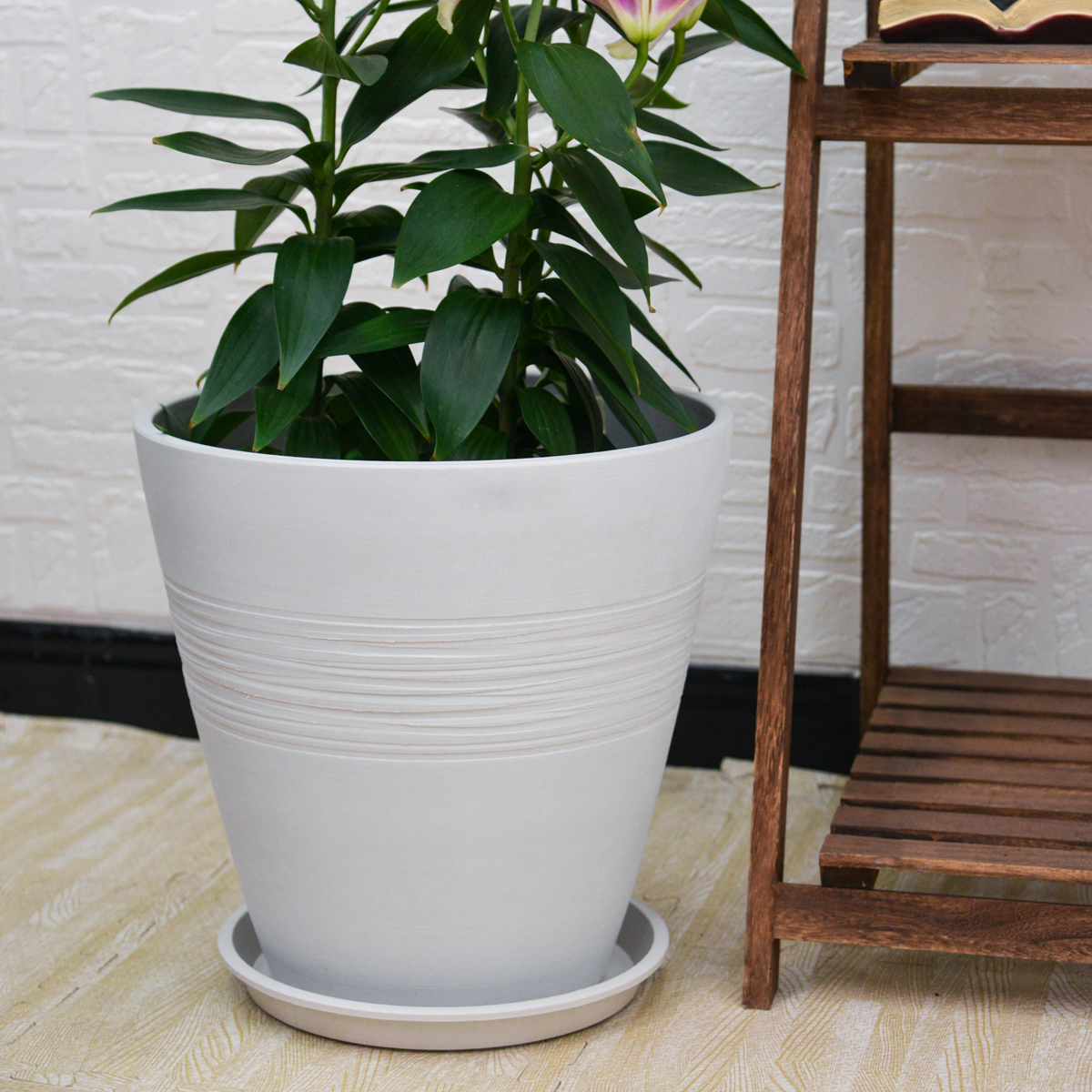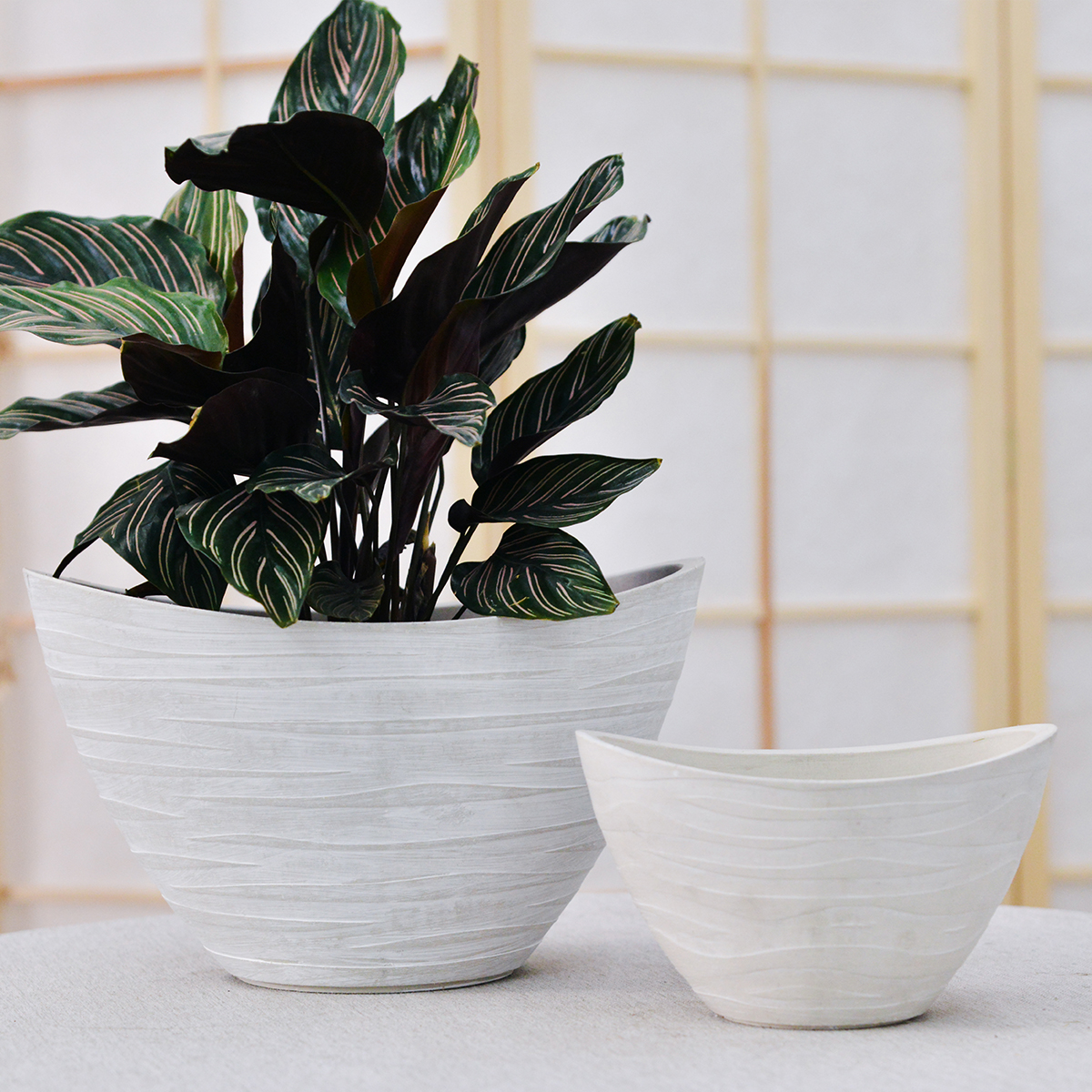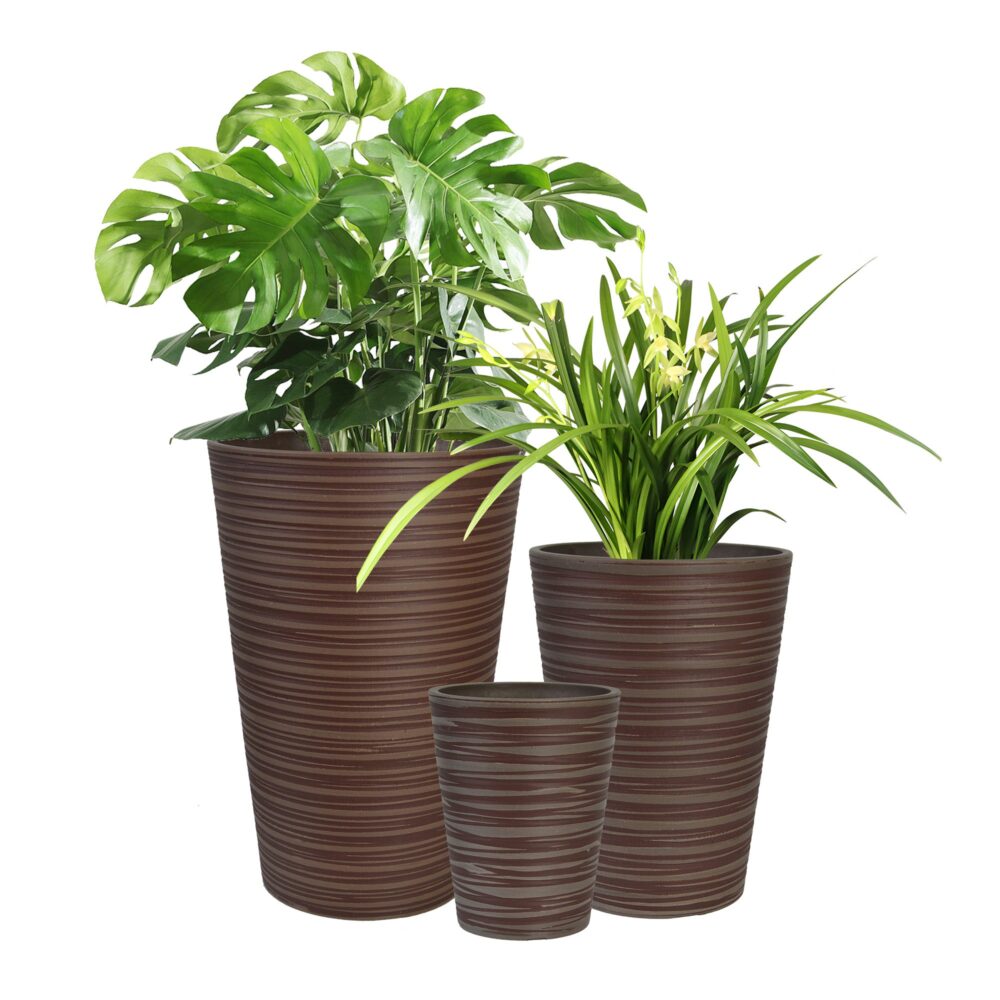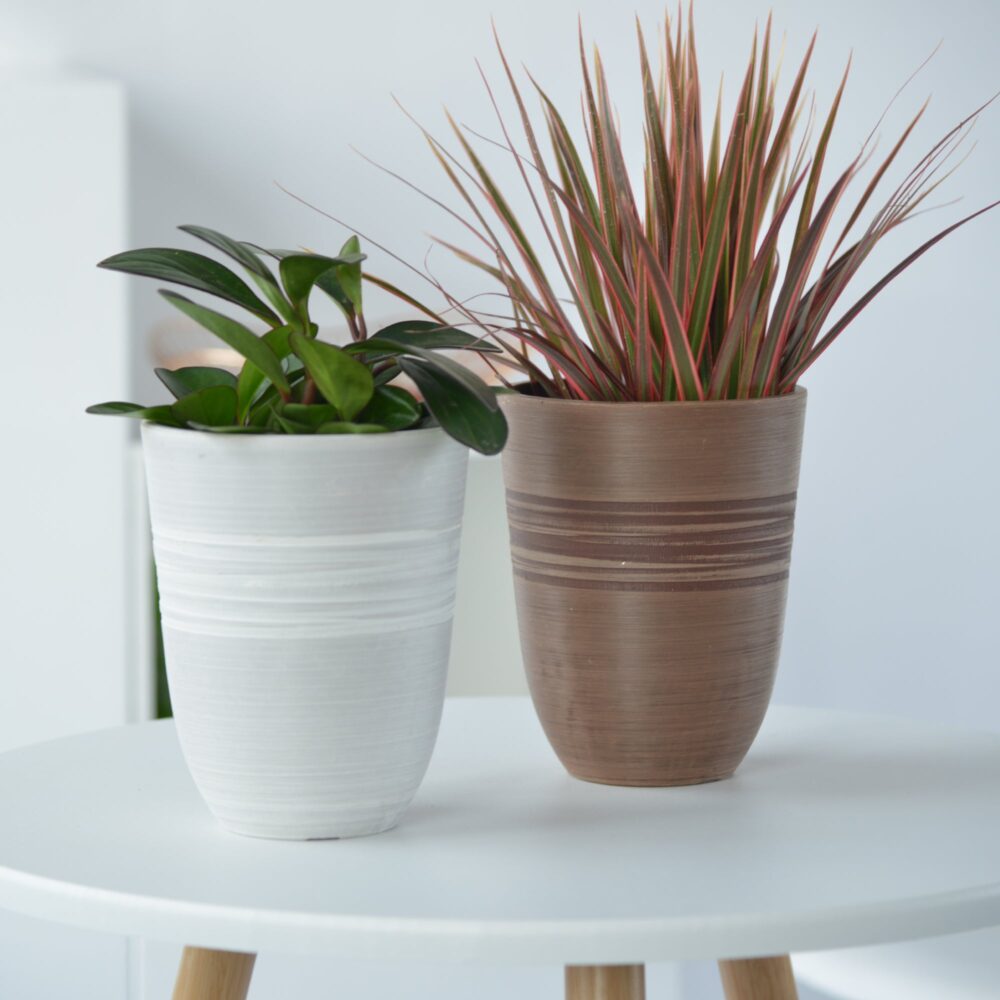What Are the Main Differences Between “Pots” and “Planters”? How Should You Distinguish When to Use Each When Choosing?
When Browse gardening stores or online, you might notice the terms “pots” and “planters” used frequently, sometimes even interchangeably. While they both serve the fundamental purpose of holding plants, there are some key distinctions that can help you make the right choice for your gardening needs and aesthetic preferences. For American gardeners looking for clarity, here’s a breakdown of the main differences and how to decide when to use each:
Key Distinctions Between Pots and Planters:
Size and Capacity:
- Pots: Generally smaller containers designed to hold a single plant. They come in various sizes, but are typically more compact.
- Planters: Tend to be larger than pots and can often accommodate multiple plants together, creating a small garden within the container. They hold a greater volume of soil.
Shape:
- Pots: Most commonly round, but can also be square or other shapes.
- Planters: Come in a wider variety of shapes, including elongated, tall, rectangular, square, and even irregular forms.
Material:
- Pots: Can be made from various materials, including terracotta (clay), ceramic, plastic, and sometimes metal or wood. Terracotta pots are known for being porous.
- Planters: Often made from more durable and weather-resistant materials designed for outdoor use, such as resin, wood, concrete, metal, or thick plastic. Ceramic and fiberglass are also used.
Intended Use:
- Pots: Commonly used for both indoor and outdoor plants. Their smaller size makes them easily portable, ideal for houseplants or temporary outdoor arrangements.
- Planters: More frequently used outdoors due to their larger size and capacity. They are suitable for creating container gardens or showcasing larger individual plants that need more root space.
Drainage: Both pots and planters should have drainage holes to prevent waterlogging. However, larger planters might have more sophisticated drainage systems or a larger volume of drainage material at the bottom.
Portability:
- Pots: Generally more portable due to their smaller size and lighter weight (depending on the material).
- Planters: Especially large ones, can be less portable due to their size and the amount of soil and plants they contain.
 How to Distinguish When to Use Pots vs. Planters:
How to Distinguish When to Use Pots vs. Planters:
Consider these factors when choosing between pots and planters:
- Number of Plants: If you are planting a single specimen, a pot is usually sufficient. If you want to create a grouping of different plants together, a planter is likely the better option due to its larger size.
- Size of Plants: For smaller plants or seedlings, pots are ideal. Larger plants with extensive root systems will generally thrive better in the larger soil volume offered by a planter.
- Indoor vs. Outdoor Use:
- Indoors: Pots are often preferred for their portability and suitability for individual houseplants.Planters can be used indoors as well, especially for creating a mini indoor garden or for larger statement plants.
- Outdoors: Planters are a popular choice for decks, patios, and gardens, allowing you to grow a variety of plants in a contained space. Pots are also used outdoors, especially for smaller accent plants or herbs.
- Material Preference: Your aesthetic and functional needs might dictate the material. For instance, if you prefer the breathability of terracotta for a particular plant, you might opt for a pot. If you need a lightweight and durable option for a large outdoor display, a resin planter might be more suitable.
- Available Space: In limited spaces, such as small balconies or apartments, the portability and smaller footprint of pots might be advantageous. Larger gardens or patios can accommodate bigger planters.
- Desired Aesthetic: Planters often come in more decorative designs and can serve as significant landscape or home décor elements. Pots can be more basic in appearance, although decorative pots are also widely available.
In Simple Terms:
Think of pots as individual homes for single plants, often more portable and suitable for both indoors and out. Think of planters as larger containers, like mini garden beds, ideal for groupings of plants and often favored for outdoor use due to their size and durability.
Ultimately, the choice between pots and planters often comes down to the specific needs of your plants, the space you have available, and your personal style. Many gardeners use a combination of both to create diverse and thriving green spaces.
8 inch/10 inch Planter Indoor Plants, 2 Pack Modern Decorative Plant Pots with Drainage Hole, Cute Bowl Shape Flower Pots
By greenship-seo|2025-04-10T08:03:42+00:00January 9, 2025|Categories: Hand-carving Series|Tags: Decorative Flower Pots, Self-Watering Pots|
KC2-GS
By greenship|2024-08-16T06:30:21+00:00August 16, 2024|Categories: Hand-carving Series|
20YB
By greenship|2024-08-16T05:37:57+00:00August 16, 2024|Categories: Hand-carving Series|
Modern Plant Pots with Drainage – Indoor & Outdoor Use (6″ Widths)
By greenship-seo|2025-04-10T06:29:43+00:00February 6, 2025|Categories: Hand-carving Series|Tags: Decorative Flower Pots|
Plant Pots 6 inch 8 inch 10 inch for Indoor Plants, Set of 3 Modern Decorative Planter ts with Drainage Hole, Decorative Flower Pots
By greenship-seo|2025-04-10T06:39:28+00:00January 14, 2025|Categories: Hand-carving Series|Tags: Decorative Flower Pots|
Planter for Indoor Outdoor Plants, Set of 2 Modern Decorative Plant Pots with Drainage Hole, Decorative Flower Pots
By greenship-seo|2025-04-10T07:46:01+00:00January 9, 2025|Categories: Hand-carving Series|Tags: Decorative Flower Pots, Self-Watering Pots|

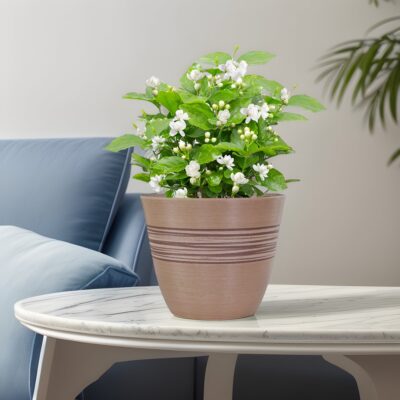 How to Distinguish When to Use Pots vs. Planters:
How to Distinguish When to Use Pots vs. Planters:
